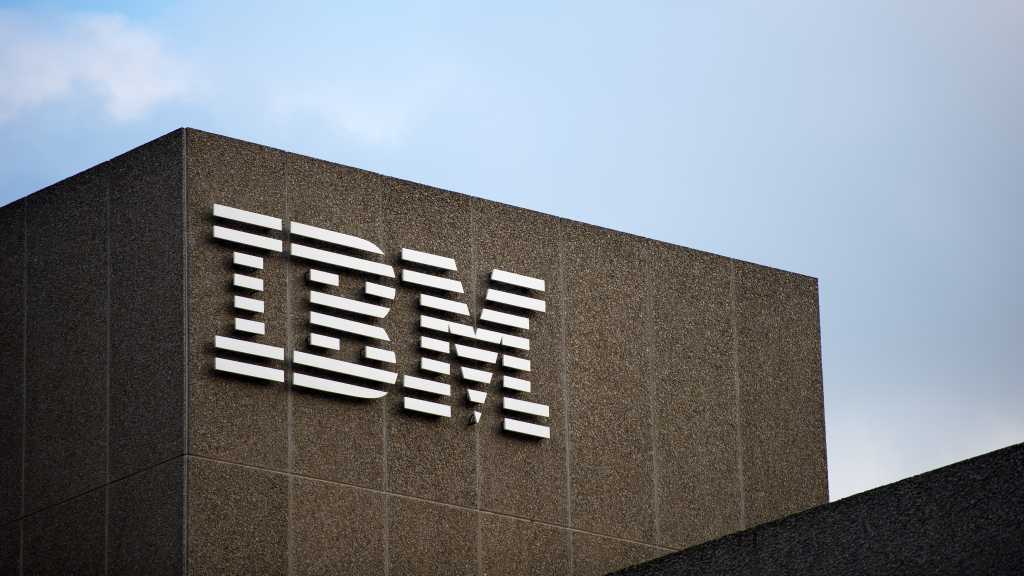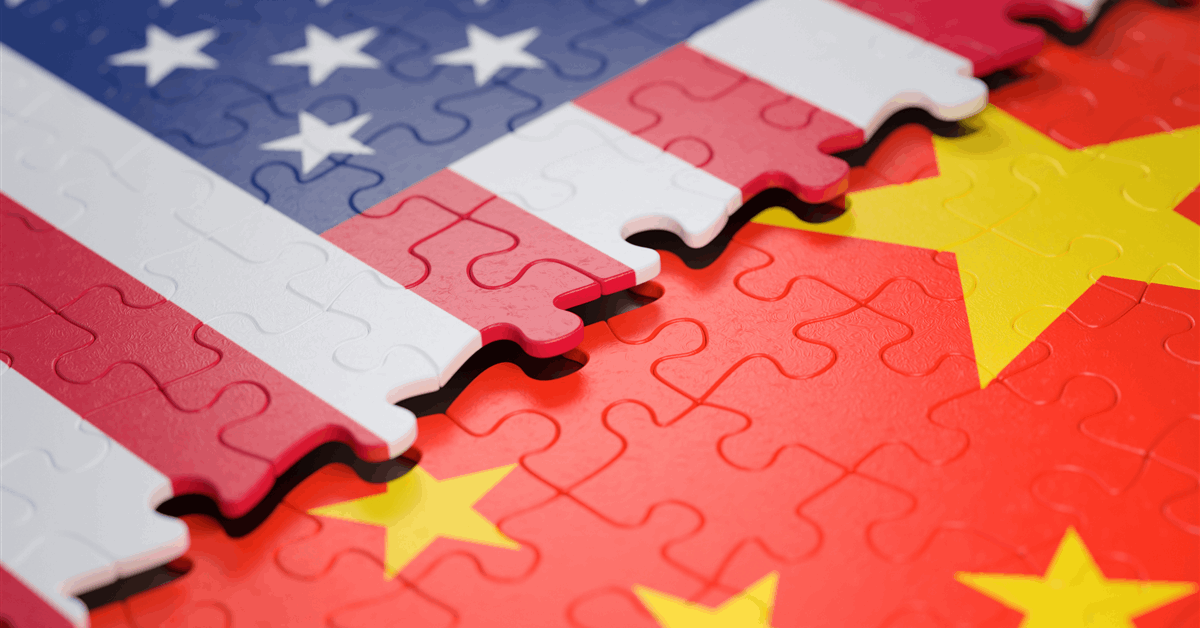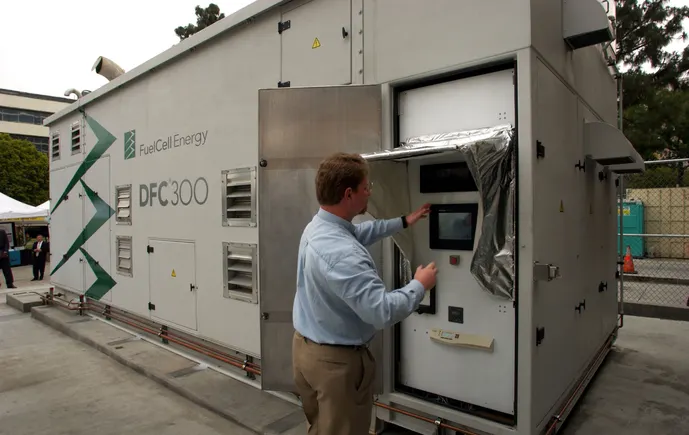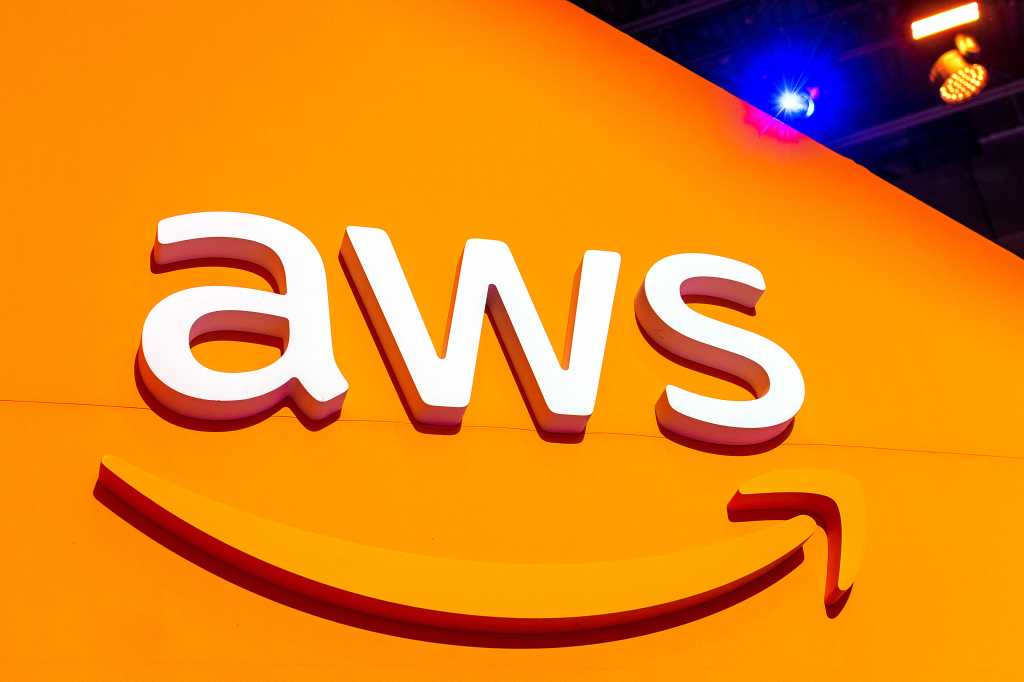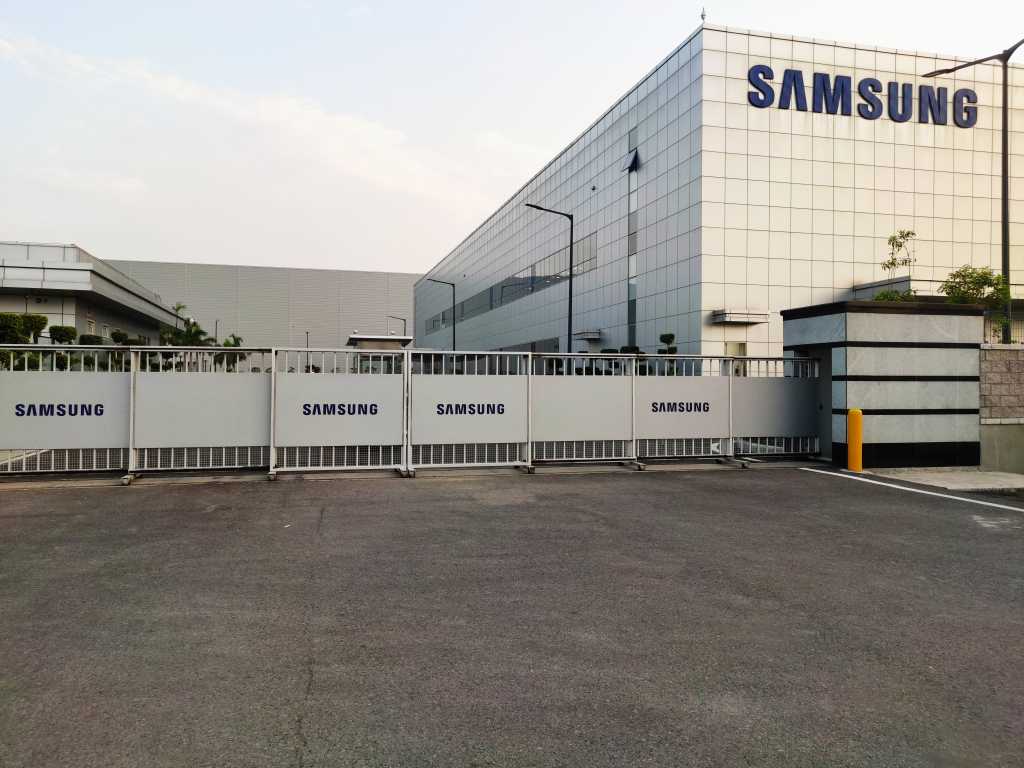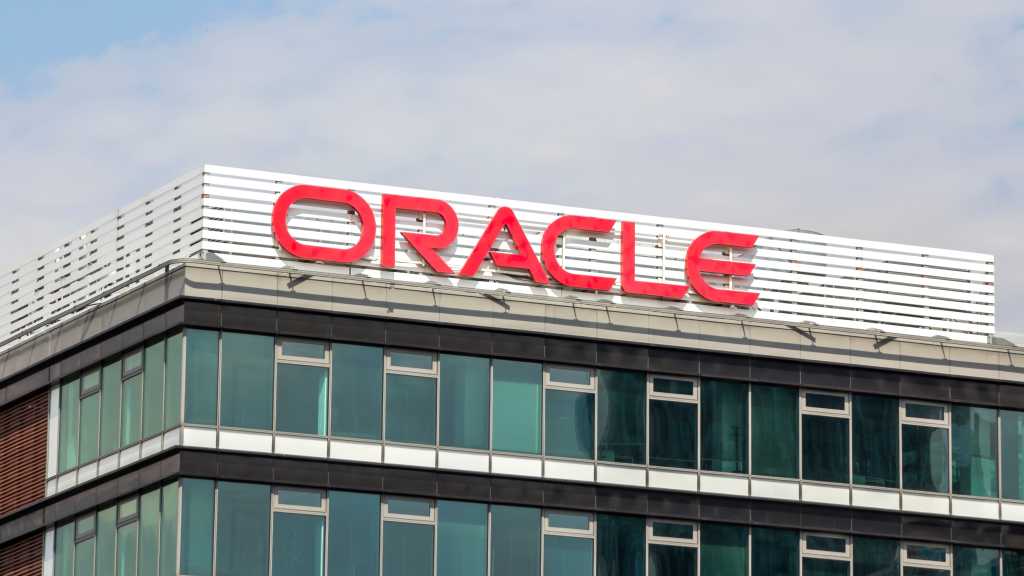
It’s become a truism that facts alone don’t change people’s minds. Perhaps nowhere is this more clear than when it comes to conspiracy theories: Many people believe that you can’t talk conspiracists out of their beliefs.
But that’s not necessarily true. It turns out that many conspiracy believers do respond to evidence and arguments—information that is now easy to deliver in the form of a tailored conversation with an AI chatbot.
In research we published in the journal Science this year, we had over 2,000 conspiracy believers engage in a roughly eight-minute conversation with DebunkBot, a model we built on top of OpenAI’s GPT-4 Turbo (the most up-to-date GPT model at that time). Participants began by writing out, in their own words, a conspiracy theory that they believed and the evidence that made the theory compelling to them. Then we instructed the AI model to persuade the user to stop believing in that conspiracy and adopt a less conspiratorial view of the world. A three-round back-and-forth text chat with the AI model (lasting 8.4 minutes on average) led to a 20% decrease in participants’ confidence in the belief, and about one in four participants—all of whom believed the conspiracy theory beforehand—indicated that they did not believe it after the conversation. This effect held true for both classic conspiracies (think the JFK assassination or the moon landing hoax) and more contemporary politically charged ones (like those related to the 2020 election and covid-19).
This story is part of MIT Technology Review’s series “The New Conspiracy Age,” on how the present boom in conspiracy theories is reshaping science and technology.
This is good news, given the outsize role that unfounded conspiracy theories play in today’s political landscape. So while there are widespread and legitimate concerns that generative AI is a potent tool for spreading disinformation, our work shows that it can also be part of the solution.
Even people who began the conversation absolutely certain that their conspiracy was true, or who indicated that it was highly important to their personal worldview, showed marked decreases in belief. Remarkably, the effects were very durable; we followed up with participants two months later and saw just as big a reduction in conspiracy belief as we did immediately after the conversations.
Our experiments indicate that many believers are relatively rational but misinformed, and getting them timely, accurate facts can have a big impact. Conspiracy theories can make sense to reasonable people who have simply never heard clear, non-conspiratorial explanations for the events they’re fixated on. This may seem surprising. But many conspiratorial claims, while wrong, seem reasonable on the surface and require specialized, esoteric knowledge to evaluate and debunk.
For example, 9/11 deniers often point to the claim that jet fuel doesn’t burn hot enough to melt steel as evidence that airplanes were not responsible for bringing down the Twin Towers—but the chatbot responds by pointing out that although this is true, the American Institute of Steel Construction says jet fuel does burn hot enough to reduce the strength of steel by over 50%, which is more than enough to cause such towers to collapse.
Although we have greater access to factual information than ever before, it is extremely difficult to search that vast corpus of knowledge efficiently. Finding the truth that way requires knowing what to google—or who to listen to—and being sufficiently motivated to seek out conflicting information. There are large time and skill barriers to conducting such a search every time we hear a new claim, and so it’s easy to take conspiratorial content you stumble upon at face value. And most would-be debunkers at the Thanksgiving table make elementary mistakes that AI avoids: Do you know the melting point and tensile strength of steel offhand? And when your relative calls you an idiot while trying to correct you, are you able to maintain your composure?
With enough effort, humans would almost certainly be able to research and deliver facts like the AI in our experiments. And in a follow-up experiment, we found that the AI debunking was just as effective if we told participants they were talking to an expert rather than an AI. So it’s not that the debunking effect is AI-specific. Generally speaking, facts and evidence delivered by humans would also work. But it would require a lot of time and concentration for a human to come up with those facts. Generative AI can do the cognitive labor of fact-checking and rebutting conspiracy claims much more efficiently.
In another large follow-up experiment, we found that what drove the debunking effect was specifically the facts and evidence the model provided: Factors like letting people know the chatbot was going to try to talk them out of their beliefs didn’t reduce its efficacy, whereas telling the model to try to persuade its chat partner without using facts and evidence totally eliminated the effect.
Although the foibles and hallucinations of these models are well documented, our results suggest that debunking efforts are widespread enough on the internet to keep the conspiracy-focused conversations roughly accurate. When we hired a professional fact-checker to evaluate GPT-4’s claims, they found that over 99% of the claims were rated as true (and not politically biased). Also, in the few cases where participants named conspiracies that turned out to be true (like MK Ultra, the CIA’s human experimentation program from the 1950s), the AI chatbot confirmed their accurate belief rather than erroneously talking them out of it.
To date, largely by necessity, interventions to combat conspiracy theorizing have been mainly prophylactic—aiming to prevent people from going down the rabbit hole rather than trying to pull them back out. Now, thanks to advances in generative AI, we have a tool that can change conspiracists’ minds using evidence.
Bots prompted to debunk conspiracy theories could be deployed on social media platforms to engage with those who share conspiratorial content—including other AI chatbots that spread conspiracies. Google could also link debunking AI models to search engines to provide factual answers to conspiracy-related queries. And instead of arguing with your conspiratorial uncle over the dinner table, you could just pass him your phone and have him talk to AI.
Of course, there are much deeper implications here for how we as humans make sense of the world around us. It is widely argued that we now live in a “post-truth” world, where polarization and politics have eclipsed facts and evidence. By that account, our passions trump truth, logic-based reasoning is passé, and the only way to effectively change people’s minds is via psychological tactics like presenting compelling personal narratives or changing perceptions of the social norm. If so, the typical, discourse-based work of living together in a democracy is fruitless.
But facts aren’t dead. Our findings about conspiracy theories are the latest—and perhaps most extreme—in an emerging body of research demonstrating the persuasive power of facts and evidence. For example, while it was once believed that correcting falsehoods that aligns with one’s politics would just cause people to dig in and believe them even more, this idea of a “backfire” has itself been debunked: Many studies consistently find that corrections and warning labels reduce belief in, and sharing of, falsehoods—even among those who most distrust the fact-checkers making the corrections. Similarly, evidence-based arguments can change partisans’ minds on political issues, even when they are actively reminded that the argument goes against their party leader’s position. And simply reminding people to think about whether content is accurate before they share it can substantially reduce the spread of misinformation.
And if facts aren’t dead, then there’s hope for democracy—though this arguably requires a consensus set of facts from which rival factions can work. There is indeed widespread partisan disagreement on basic facts, and a disturbing level of belief in conspiracy theories. Yet this doesn’t necessarily mean our minds are inescapably warped by our politics and identities. When faced with evidence—even inconvenient or uncomfortable evidence—many people do shift their thinking in response. And so if it’s possible to disseminate accurate information widely enough, perhaps with the help of AI, we may be able to reestablish the factual common ground that is missing from society today.
You can try our debunking bot yourself at at debunkbot.com.
Thomas Costello is an assistant professor in social and decision sciences at Carnegie Mellon University. His research integrates psychology, political science, and human-computer interaction to examine where our viewpoints come from, how they differ from person to person, and why they change—as well as the sweeping impacts of artificial intelligence on these processes.
Gordon Pennycook is the Dorothy and Ariz Mehta Faculty Leadership Fellow and associate professor of psychology at Cornell University. He examines the causes and consequences of analytic reasoning, exploring how intuitive versus deliberative thinking shapes decision-making to understand errors underlying issues such as climate inaction, health behaviors, and political polarization.
David Rand is a professor of information science, marketing and management communication, and psychology at Cornell University. He uses approaches from computational social science and cognitive science to explore how human-AI dialogue can correct inaccurate beliefs, why people share falsehoods, and how to reduce political polarization and promote cooperation.




